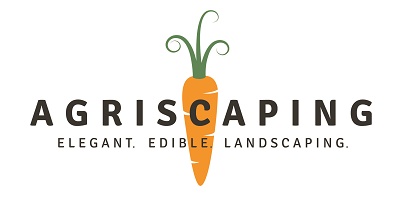The Importance of Soil Part 1
The Importance of Soil Part 1

It’s been said that every good vegetable gardener should be a soil gardener first, yet many of them treat their soil like dirt. As the hungriest part of any garden, soil must be constantly fed and
repaired each season in order to be healthy and productive. Here are four ways to be a better soil gardener.
Know Your Soil Type
Clay has very fine particles making drainage and root growth difficult, but it tends to retain more nutrients than other soil types. Sand has larger particles making drainage and nutrient retention nearly impossible, but makes it easy for roots to quickly grow. Silt has medium-sized particles, making it ideal for water and nutrient retention, but it can pack quickly often stunting root growth. When amendments and organic matter is added to silt, it retains nutrients and moisture yet drains well, providing an ideal soil for root and plant growth.
When you know the type of soil you are working with, you can modify the volume and type of amendments you add to the soil to grow it into the most ideal soil possible. Your county extension service can help point you in the right direction for soil testing.
Add Moderate Mineral Amounts
By adding different amounts of sand, clay and silt, soil can better absorb and retain these minerals. In particular, clay both adds, and helps soil retain phosphorus. In addition, these additives will change the size of particles in the soil and help organic material better feed the plants and microorganisms found there.
To find out what webinars or live classes are available for free click here!
